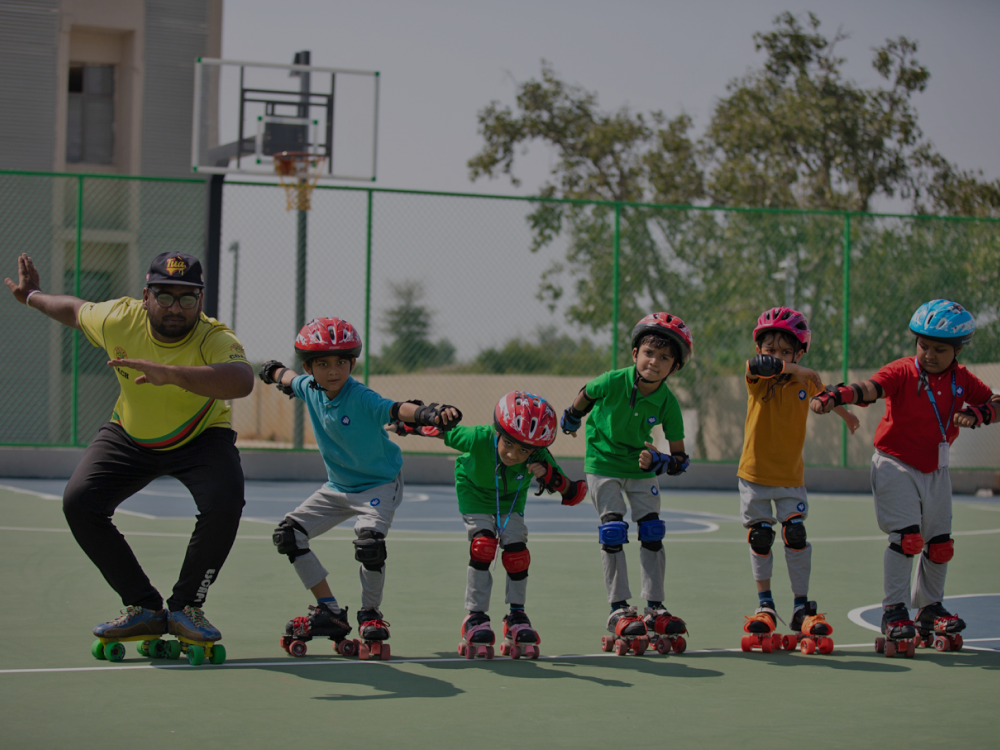
The Significance of Extracurricular Activities in Fostering Child Development
The Significance of Extracurricular Activities in Fostering Child Development
Extracurricular activities have become an integral part of child development. This is even more relevant today as more international schools in this metropolis adopt the demanding International Baccalaureate (IB) curriculums.
Notably, IB curriculum schools in Hyderabad are emphasising these activities, recognizing their role in fostering balanced growth in students.
The Benefits of Extracurricular Activities
Experts widely agree that extracurricular participation provides significant benefits for child development. Participating in extracurriculars encourages children to develop independence and self-discipline, as they learn to manage their time and responsibilities outside the academic sphere.
These activities play a crucial role in boosting self-esteem, as children discover their talents and interests, and achieve personal milestones.
• Enhanced Academic Performance
Participation in activities beyond academics is linked to improved academic performance. These activities stimulate cognitive skills and encourage students to apply their learning in diverse contexts.
• Encouraging Social Interaction and Friendships
Engaging in extracurriculars provides a platform for children to meet peers with similar interests, fostering friendships and enhancing your child’s social skills.
• Promoting Physical Fitness
Sports and other physical activities are a major part of extracurriculars, helping children stay active and healthy.
Overcoming Common Challenges
While the benefits are clear, balancing extracurricular activities with academic responsibilities is key. Finding the right balance ensures that children enjoy these activities without feeling overwhelmed.
In IB curriculum schools, effective time management is essential. Students need to balance their studies with diverse interests, ensuring they are not overwhelmed. Parents play a crucial role in finding this balance, selecting activities that match their child’s interests and allowing time for free play. This approach helps prevent stress and burnout, contributing to a more enjoyable and successful educational journey.
Choosing the Right Extracurricular Activities
Experts in early childhood education emphasize that activities should match a child’s developmental stage. Preschoolers do best in unstructured play and creative outlets like art, dance, or music. As children approach middle childhood around ages 6-12, they can benefit from more structured team sports, academic clubs, and music lessons.
Parents should expose children to diverse activities and let interests guide long-term participation rather than pushing certain sports or classes. High quality programs taught by trained instructors also enhance skill development in areas ranging from public speaking to soccer.
Tips for Parents and Caregivers
Navigating extracurricular choices while fostering a child’s healthy development and managing other parenting responsibilities poses definite challenges.
However, research shows that parents and caregivers who actively communicate with children and educate themselves can effectively oversee extracurricular participation. By emphasizing certain core strategies and best practices, parents can ensure activities remain rewarding rather than stressful.
• Foster open communication
Have ongoing conversations with children about what activities they enjoy and why. Create a supportive space for them to express when they feel stressed or no longer interested. Clear communication allows parents to help guide children’s development.
• Emphasize learning over competition
Focus enrollment decisions on skill building rather than winning. While team spirit and competition motivate some children, an overemphasis can negatively impact self-confidence.
• Model healthy habits
If parents frequently work long hours without breaks, children imitate that behavior by overloading with activities. Modeling balance, self-care and purposefully spending time together teaches healthy habits.
• Embrace creativity
Resist pushing children to only pursue conventional academic activities. Foster their creative sparks through art, writing, design building, or coding classes catered to their age.
• Prioritize free time
Ensure some openings in schedules for unstructured play which is vital for social, physical and intellectual development. Protect downtime to prevent burnout.
Conclusion
The rise in structured extracurricular activities reflects parents’ desire to enrich child development in India’s competitive environment. While activities can enhance learning, character building and physical health, families must also emphasize balance. Schools like The Shri Ram Academy supports students’ diverse passions with age-appropriate activities which fosters well-rounded, socially conscious graduates.
Parents should communicate openly with children, model healthy habits and embrace creative outlets. Extracurriculars serve an undeniable role in nurturing multidimensional growth, but ultimately children’s resilience, adaptability and emotional intelligence depend most on cared for intrinsic qualities.
Whether attending extracurriculars at international schools in Gachibowli or private centers, choosing activities suited for a child’s age fosters engagement and growth.



Leave a Reply